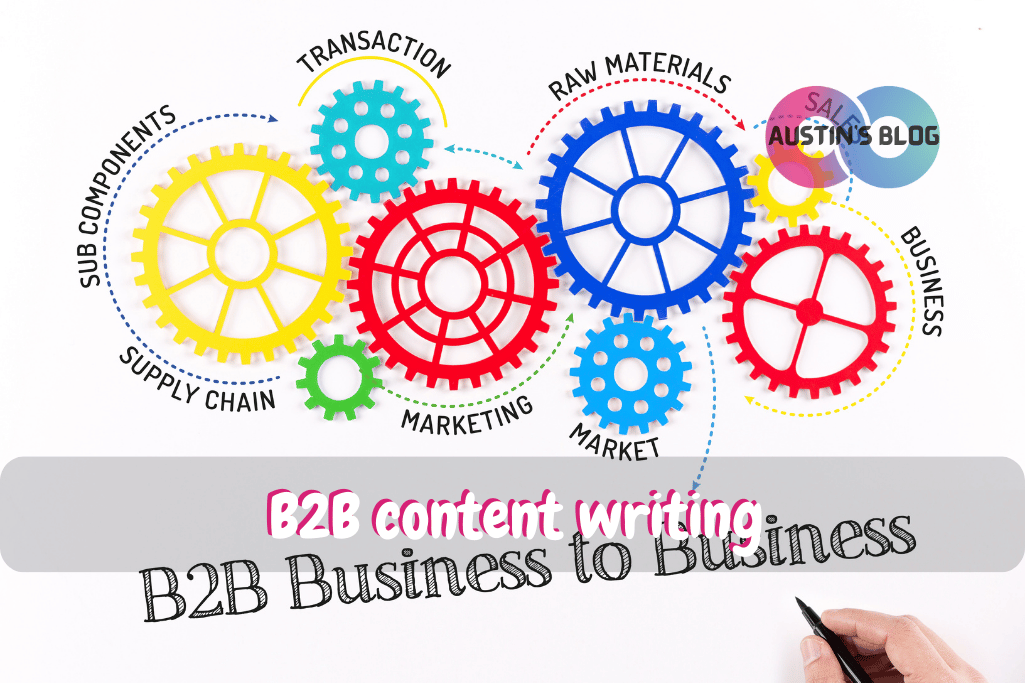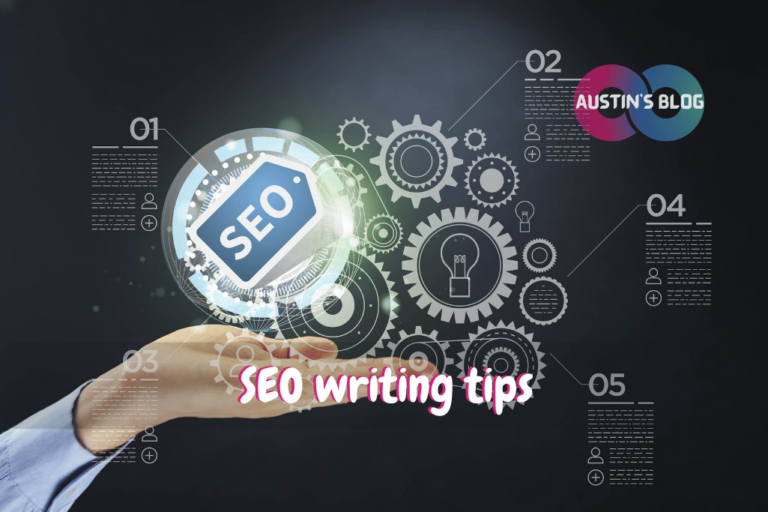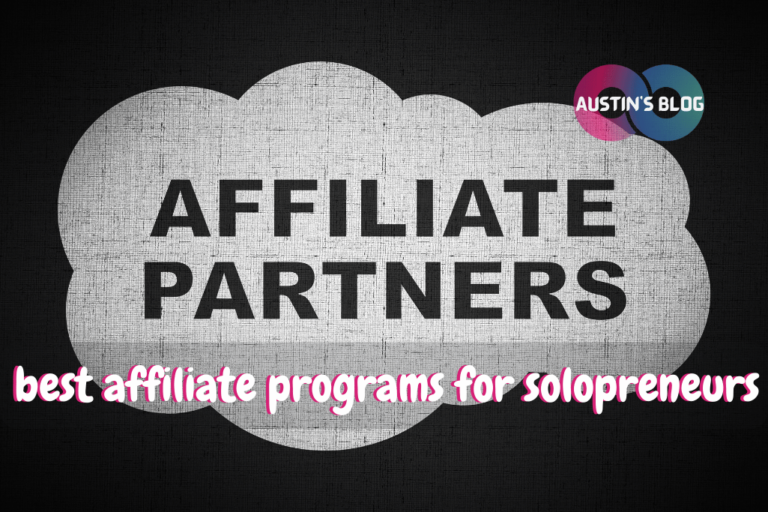Mastering B2B Content Writing: Tips to Engage and Convert Your Audience
Introduction
Ever tried writing content that speaks to other businesses and felt like you were shouting into the void? I sure have!
When I first ventured into the world of B2B content writing, I thought it was just like B2C—boy, was I wrong. My articles were falling flat, engagement was low, and I couldn’t figure out why.
It wasn’t until I started digging deeper that I realized B2B audiences are a whole different ball game. They crave value, insights, and actionable information.
If you’re struggling to connect with your B2B audience, stick around. I’m going to share some game-changing tips that transformed my approach and can help you level up your B2B content writing!
1. Understand Your Target Business Audience
Knowing your audience is marketing 101, but in B2B, it’s absolutely crucial.
- Create Detailed Buyer Personas: Go beyond basic demographics. Understand their industry, challenges, and what keeps them up at night.
- Speak Their Language: Use industry-specific terms but avoid jargon overload.
- Align with Their Goals: Focus on how your product or service can solve their specific problems.
I once wrote a piece targeting tech startups without really understanding their pain points. It flopped. After interviewing a few industry insiders, I gained insights that helped me craft my B2B content writing skills.
2. Focus on Providing Value and Insights
B2B readers are looking for content that offers real value and resonates with audiences.
- Offer Actionable Advice: Provide tips and strategies they can implement right away.
- Back Up Claims with Data: Use statistics, case studies, and expert opinions.
- Avoid Fluff: Get straight to the point; time is money in the business world.
I started including real-world examples and data in my articles, and the engagement rate soared. Businesses appreciate content that helps them make informed decisions.
3. Develop a Strong Content Strategy
Random acts of content won’t cut it.
- Plan Ahead: Create an editorial calendar aligned with industry events and trends.
- Repurpose Content: Turn a whitepaper into a series of blog posts or a webinar.
- Measure and Adjust: Use analytics to track performance and tweak your strategy accordingly.
In my past B2B content writing, I used to write whatever came to mind, and my content lacked cohesion. Implementing a structured strategy made my efforts more effective and less stressful.
4. Write Compelling Headlines and Introductions
You need to grab attention right off the bat.
- Use Numbers and Stats: “5 Strategies to Boost Your ROI” is more enticing than “How to Improve ROI.”
- Ask Provocative Questions: Engage curiosity by posing a question they want answers to.
- Highlight Benefits: Make it clear what’s in it for them.
During my B2B content writing, I experimented with different headline styles and noticed that listicles and how-to guides got the most clicks. It’s all about testing and learning what works.
5. Optimize for SEO Without Sacrificing Quality
Yes, SEO matters, but readability is king.
- Incorporate Keywords Naturally: Avoid keyword stuffing; it turns readers off.
- Use Subheadings and Bullet Points: Makes content scannable and SEO-friendly.
- Include Internal and External Links: Adds value and improves search rankings.
I used to obsess over keywords, and my B2B content writing suffered. Balancing SEO best practices with quality content improved both my rankings and reader satisfaction.
6. Leverage Thought Leadership
Establishing authority builds trust.
- Share Original Research: If possible, conduct surveys or studies relevant to your audience.
- Feature Expert Opinions: Quotes from industry leaders can add credibility.
- Publish on Reputable Platforms: Guest posting can expand your reach.
I started collaborating with industry experts for my articles, and it not only enriched the B2B content writing, but also expanded my network.
7. Incorporate Storytelling
Even in B2B content writing, stories engage and persuade.
- Use Case Studies: Real-life success stories showcase your product’s value.
- Share Personal Anecdotes: Humanize your brand and make it relatable.
- Create a Narrative Arc: Build tension and resolve it with your solution.
I was hesitant to use storytelling in B2B content writing, thinking it was too casual. But weaving in narratives made my content more engaging and memorable.
8. Include Clear Calls to Action
Guide your readers on what to do next.
- Be Specific: Instead of “Learn More,” try “Download the Free E-Book Now.”
- Align with Content Goals: Whether it’s lead generation or brand awareness, make sure the CTA matches.
- Test Different CTAs: See what resonates best with your audience.
I noticed a significant increase in conversions with my B2B content writing when I started using tailored CTAs that provided clear value.
9. Proofread and Edit Thoroughly
Professionalism is non-negotiable.
- Check for Grammatical Errors: Typos can damage credibility.
- Ensure Consistent Tone and Style: Maintain your brand voice throughout.
- Get a Second Pair of Eyes: Fresh perspectives can catch overlooked mistakes.
I once sent out a newsletter with a glaring typo in the headline. It was embarrassing, to say the least. Now, I always double-check my work.
10. Stay Updated on Industry Trends
The B2B landscape is ever-changing.
- Follow Industry News: Subscribe to relevant publications and newsletters.
- Attend Webinars and Conferences: Gain insights and network.
- Adapt Your Content Accordingly: Ensure your topics are timely and relevant.
Keeping up with trends has helped me produce content that positions me as a forward-thinking writer, and clients love it.
Conclusion
Mastering B2B content writing isn’t just about stringing together business jargon and hoping for the best.
It’s about understanding your audience’s needs, providing genuine value, and building trust through high-quality, engaging content.
I’ve learned these lessons the hard way, but they’ve transformed the way I approach B2B writing.
So go ahead, implement these tips, and watch your content resonate like never before.
Remember, the goal is to engage, inform, and ultimately convert your readers into loyal customers.
Happy writing!
Frequently Asked Questions: B2B Content Writing
Q: What is the difference between B2B writing and B2C writing?
A: B2B writing, or business-to-business writing, focuses on creating content that appeals to other businesses, emphasizing industry-specific knowledge and decision-making processes.
B2B content writing, or business-to-consumer writing, targets individual consumers, often using more emotional and persuasive language to drive purchases.
Q: How can a B2B writer effectively engage their target audience?
A: A B2B writer can engage their target audience by understanding their needs and challenges, using clear and concise language, and providing valuable insights.
Incorporating data, case studies, and white papers can also help establish credibility and authority in the field.
Q: What types of B2B content are most effective for content marketing?
A: Effective B2B content types include white papers, case studies, blog posts, infographics, and social media content.
These formats allow businesses to showcase their expertise, provide valuable information, and engage with their audience across different platforms.
Q: How does SEO writing play a role in B2B content marketing?
A: SEO writing is crucial in B2B content marketing as it helps improve the visibility of content on search engines, making it easier for potential clients to find.
By incorporating relevant keywords and optimizing content structure, B2B writers can enhance search rankings and attract more targeted traffic.
Q: What skills are essential for a successful B2B content writer?
A: A successful B2B content writer should possess strong research skills, the ability to write clearly and persuasively, and a deep understanding of the target industry.
Familiarity with SEO practices, content marketing strategies, and the ability to adapt to different types of writing are also important.
Q: How can a freelance B2B writer build a strong portfolio?
A: A freelance B2B writer can build a strong portfolio by showcasing a variety of content types, such as white papers, case studies, and blog posts.
Highlighting work for different industries and demonstrating the ability to engage and convert a B2B audience will also enhance their portfolio.
Q: What role does LinkedIn play in B2B marketing?
A: LinkedIn is a powerful platform for B2B marketing, allowing businesses to connect with industry professionals, share valuable content, and build brand authority.
B2B marketers can use LinkedIn to network, generate leads, and engage with their target audience through posts and articles.
Q: How can a B2B writer create effective landing pages?
A: To create effective landing pages, a B2B writer should focus on clear messaging, a strong value proposition, and a compelling call-to-action.
The content should be tailored to the target audience, addressing their specific needs and encouraging them to take the desired action.
Q: What are the benefits of using infographics in B2B content?
A: Infographics are beneficial in B2B content as they present complex information in a visually appealing and easily digestible format.
They can enhance engagement, improve retention of information, and make content more shareable across social media platforms.
Q: How can a B2B content writer differentiate their work from B2C writers?
A: A B2B content writer can differentiate their work by focusing on industry-specific language, providing in-depth analysis, and addressing the unique needs of business clients.
Unlike B2C writers, B2B writers prioritize logical reasoning and data-driven insights over emotional appeals.






